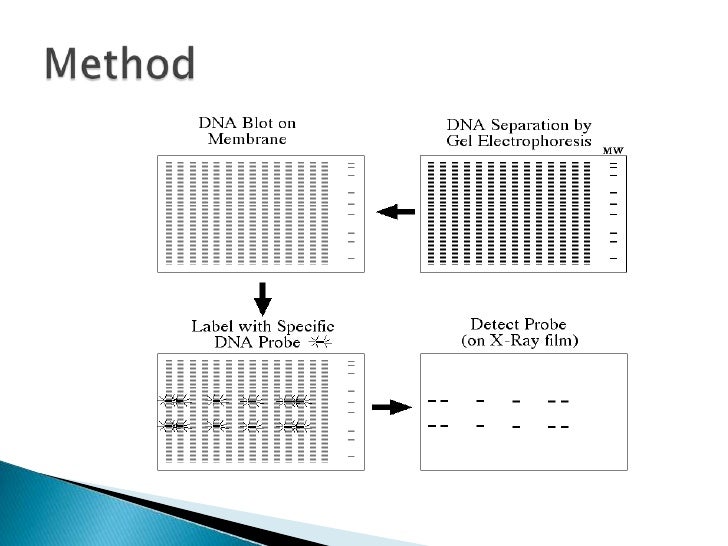
(1975) Detection of specific sequences among DNA fragments separated by gel electrophoresis. (1997) Evolution of human immunodeficiency virus type 1 env sequence variation in patients with diverse rates of disease progression and T-cell function. (1994) Persistence of multiple maternal genotypes of human immunodeficiency virus type I in infants infected by vertical transmission. (1992) Selective transmission of human immunodeficiency virus type-1 variants from mothers to infants. M., Wike, C.M., Korber, B.T., Hutto, C., Parks, W. (1993) Genotypic and phenotypic characterization of HIV-1 in patients with primary infection. (1992) Convergent and divergent sequence evolution in the surface envelope glycoprotein of human immunodeficiency virus type 1 infection: low viral RNA copy numbers in serum and maintenance of high HIV-1 p24-specific, but not V3-specific antibody levels. (1989) Temporal fluctuations in HIV quasispecies in vivo are not reflected by sequential HIV isolations. Meyerhans, A., Cheynier, R., Albert, J., Seth, M., Kwok, S., Sninsky, J., et al. Southern blots are useful for detecting fragments larger than those normally amplified by PCR, and when trying to detect fragments that may be only distantly related to a known sequence. (1986) Genetic variation in HTLV-111/LAV over time in patients with AIDS or at risk for AIDS. (1995) Rapid turnover of plasma virions and CD4 lymphocytes in HIV-1 infection. Ho, D.D., Neumann, A.U., Perselson, A.S., Chen, W., Leonard, J.M., and Markowitz, M. Southern blotting is a hybridization technique for identification of particular size of DNA from the mixture of other similar molecules. This process is experimental and the keywords may be updated as the learning algorithm improves. These keywords were added by machine and not by the authors. Although DNA sequence analysis is the gold standard technique for HIV-1 genetic subtyping, molecular hybridization of untyped viral sequences with subtype-specific probes is frequently used as a subtyping screen. Polymerase chain reaction (PCR) followed by capillary electrophoresis and Southern blot analysis performed on all samples at the same time. Southern Blot is the analytical technique used in molecular biology, immunogenetics and other molecular methods to detect or identify DNA of interest from a mixture of DNA sample or a specific base sequence within a strand of DNA.

Group M HIV-Is are further divided into a growing number of subtypes (A through H at this writing). Geographic distributions of HIV-1 reveal sequence clustering into a major group M and a minor (outlier) group O. The genetic diversity of the viral swarm within an HIV-1 infected individual is so extensive that this entity has been termed as quasi-species. Replication of the human immunodeficiency virus type 1 (HIV-1) is associated with a high degree of viral sequence variation ( 1) that has been shown to correlate with disease state ( 2– 8).


 0 kommentar(er)
0 kommentar(er)
